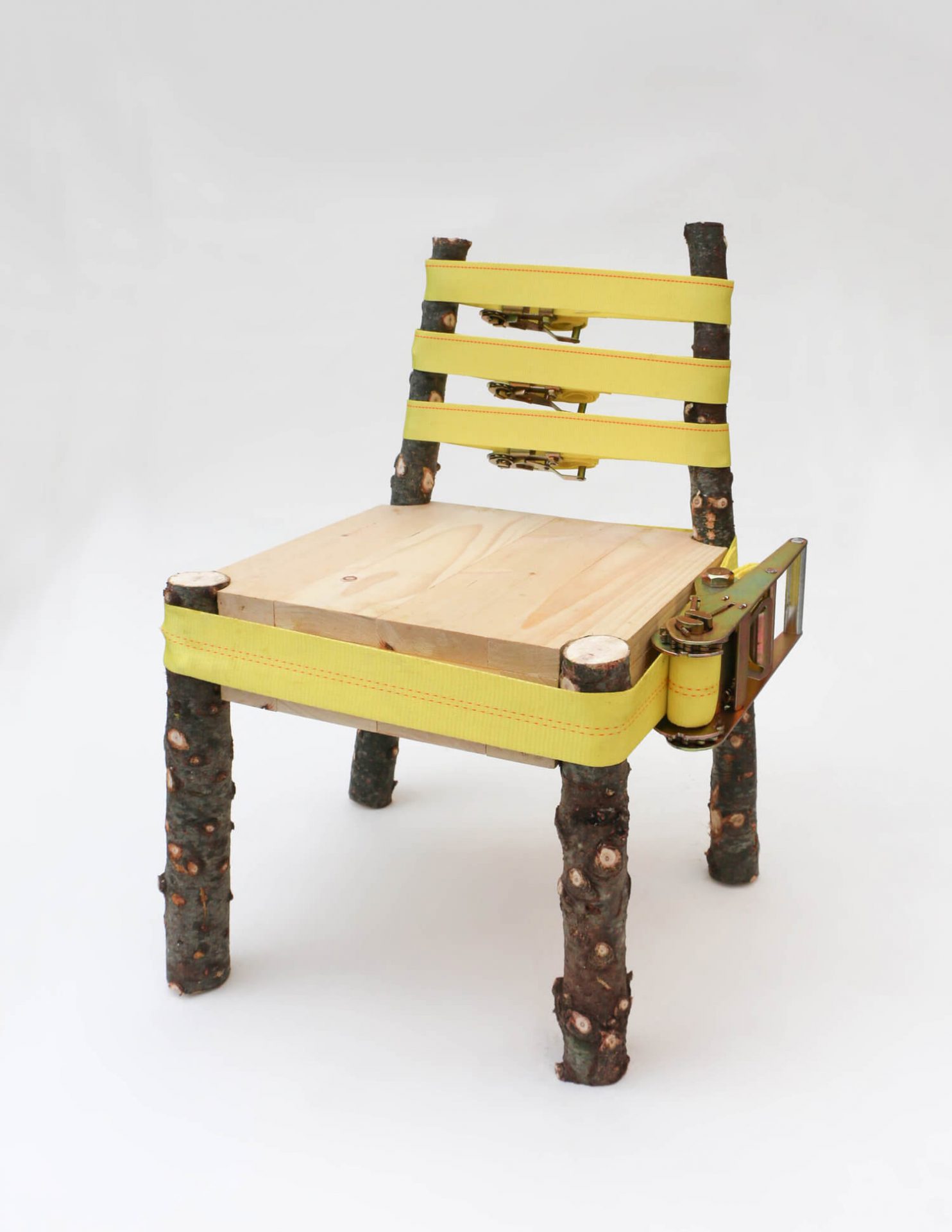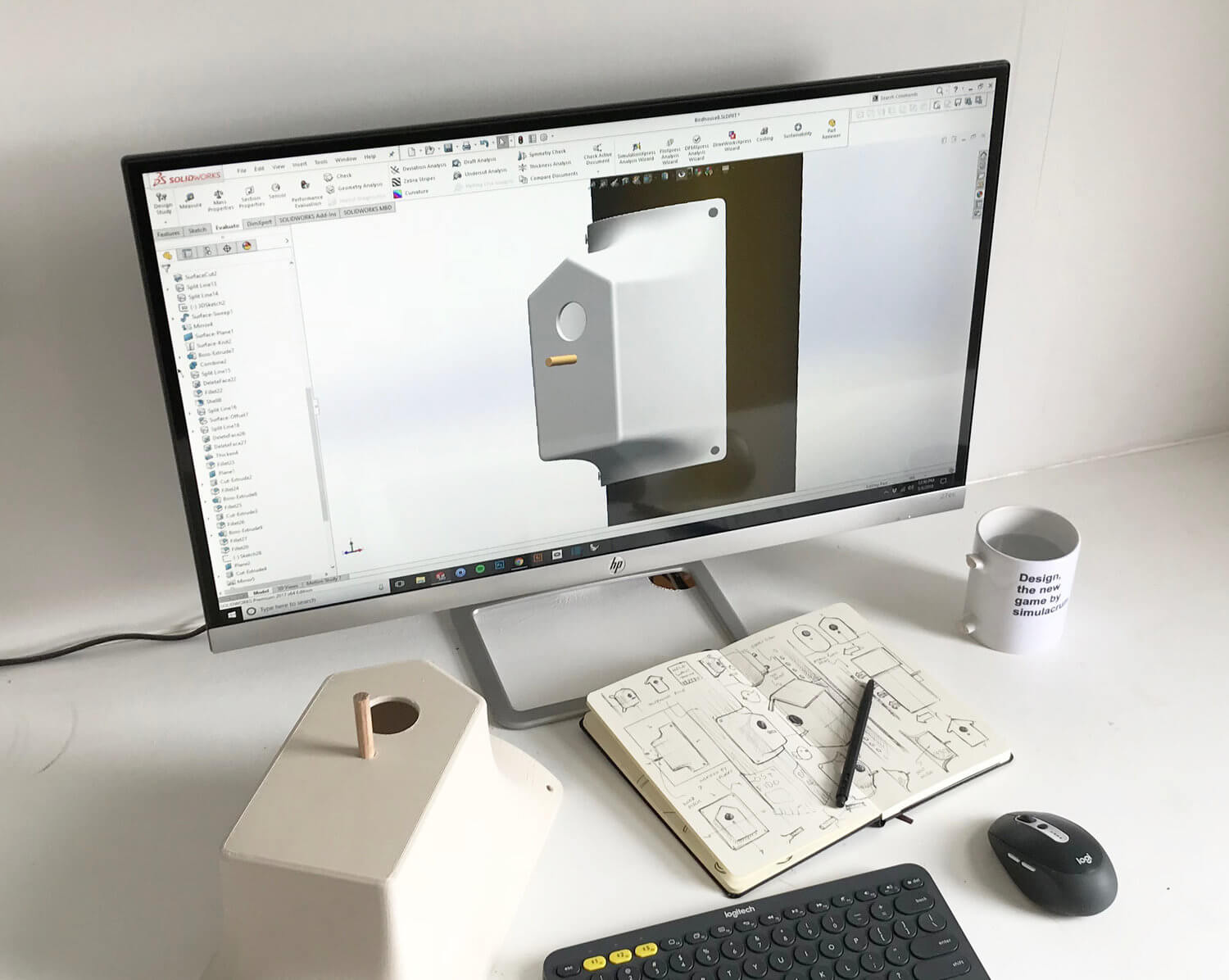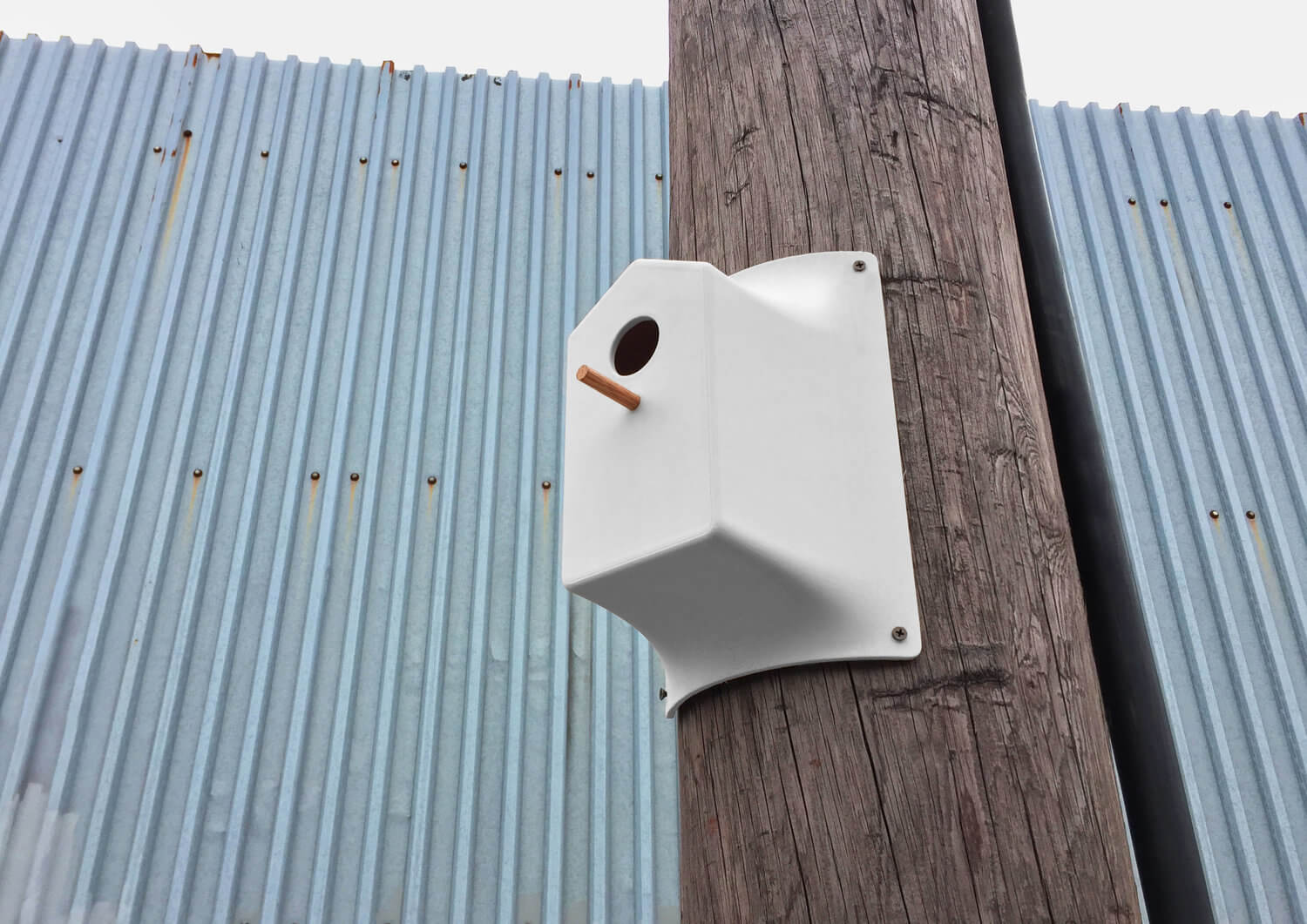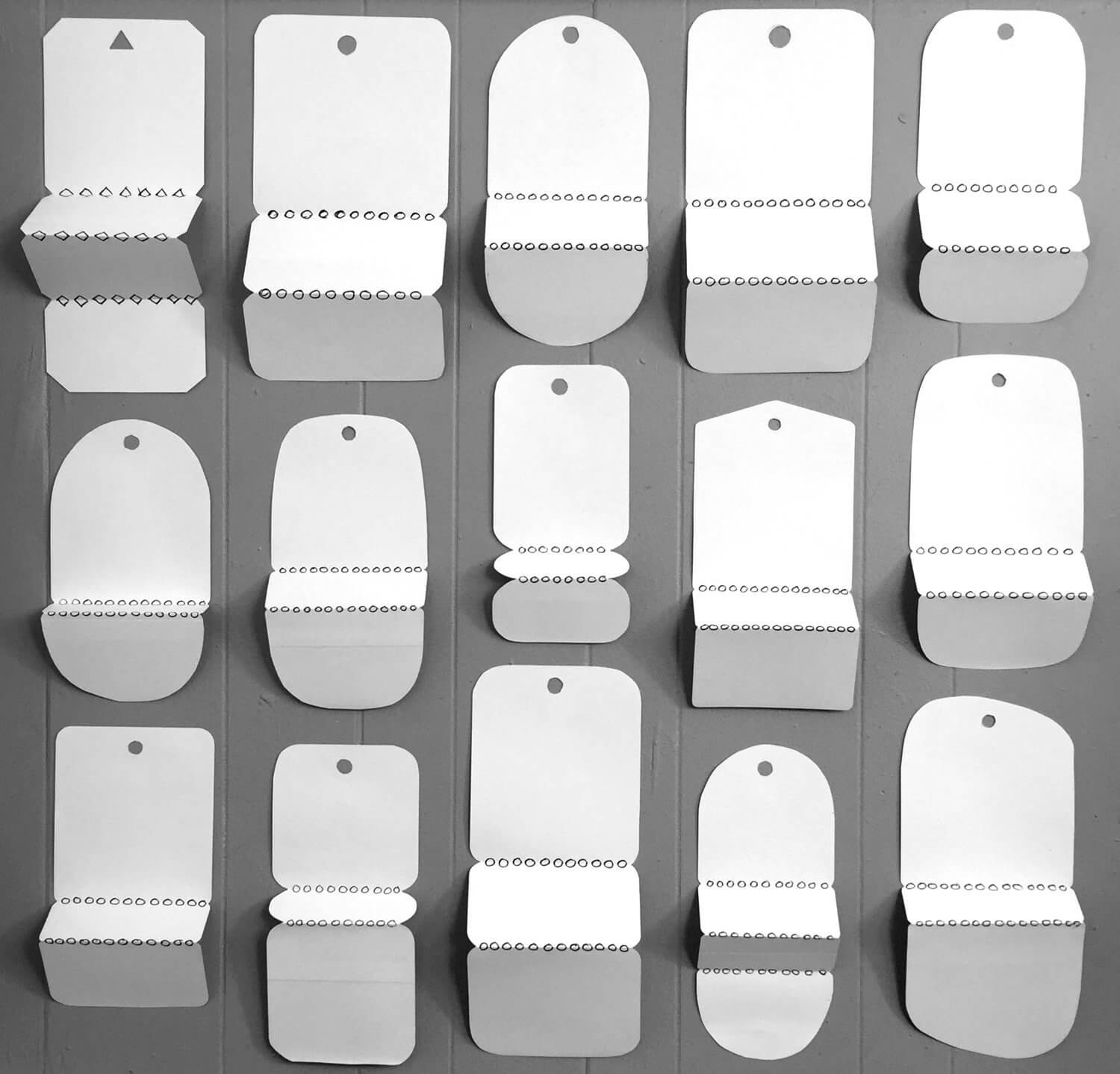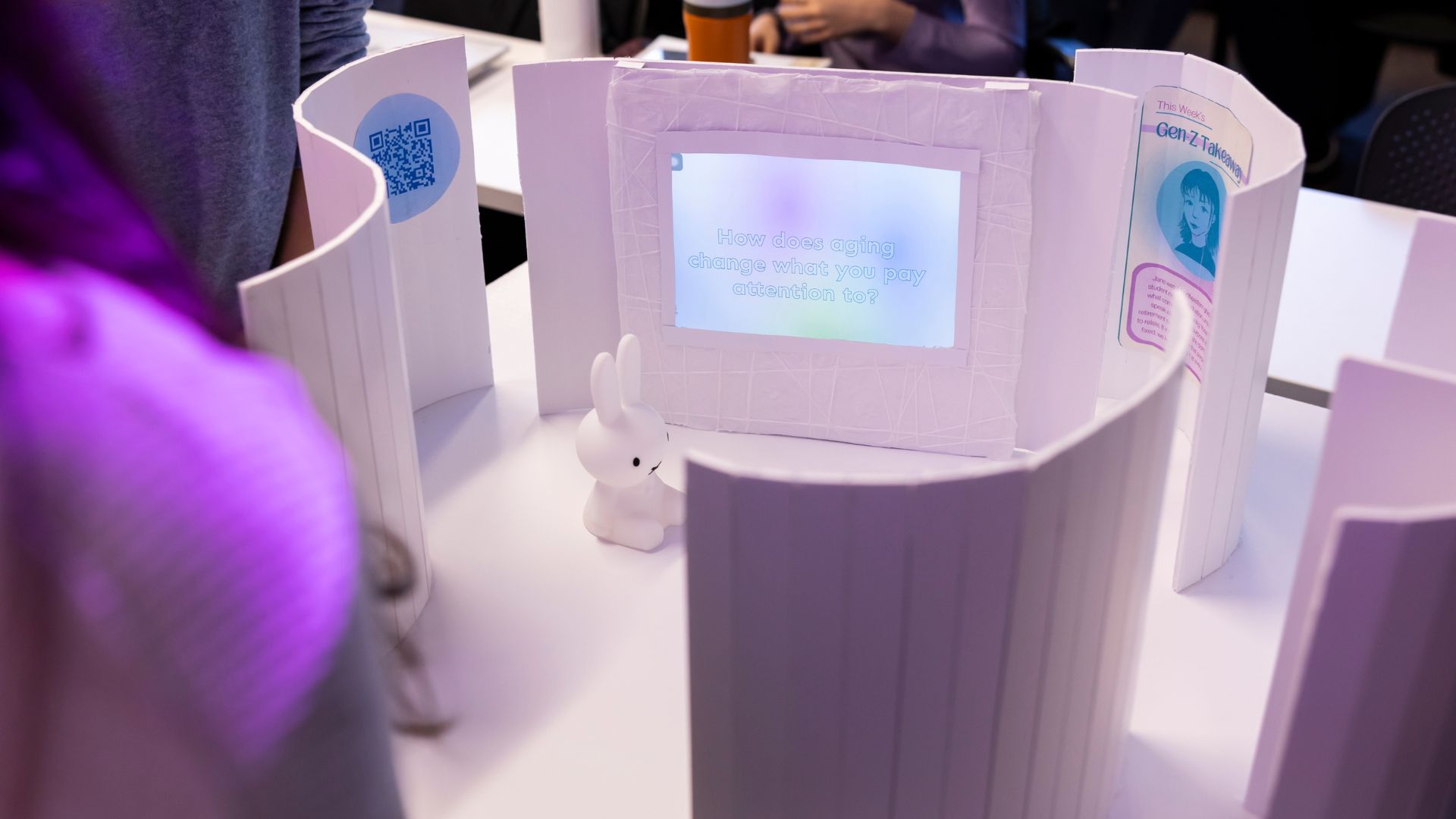Nicholas Baker and the fascination of the mundane
How Nicholas Baker dismantles objects and experiences, distills them, and reconstructs them, inventing beautiful solutions along the way

In the effort of creating more unique and meaningful experiences, most of the objects designed by Nicholas Baker emerge from reflection upon an object’s familiar user experience and its integration into a novel and incongruous object and interaction.
Nicholas Baker is also known on Instagram for designing in virtual reality as well as for his playful and inquiring relationship with everyday objects. DesignWanted interviewed Nicholas Baker to find out more about him. Let’s take a closer look.

Who is Nicholas Baker? What got you into design in the first place?
Nicholas Baker:
“I’m an industrial designer based out of Brooklyn, New York. Currently, I run a small studio and design for a range of clients. I’ve designed pet products, neural interface tech, houseware, and am currently working on furniture and medical products.
I grew up always drawing and making things. I remember being a kid and visiting my grandfather who was an architect. He’d take me into his woodshop and we would sketch out a car or a plane and build it together. I discovered industrial design later on in high school and have been hooked ever since.”


What other designers, styles, fields, and inputs outside of the design world are you inspired or influenced by?
Nicholas Baker:
“I’m always fascinated by the mundane interactions of everyday life, whether that’s turning a doorknob or pushing down the lever on a toaster. There’s something so familiar and natural about those interactions.
I really enjoy the work of Naoto Fukasawa and Jasper Morrison. Both of them touch on this idea of celebrating the mundane, as well as rethinking how these interactions can be combined in other circumstances.”
From conceptualization to sketching, to prototyping, do you have a favorite part of the design process?
Nicholas Baker:
“I have two favorite parts. I love the idea phase. It’s so satisfying to come up with a clever idea. You get that burst of energy to jump right into the project.
The other part I love is the final execution, whether that’s building a polished prototype or getting a sample from a factory. Getting to hold a physical thing that was once a concept in your head is a magical experience.”

When did you start VR sketching and why can it be a great tool for designers?
Nicholas Baker:
“I’ve been exploring VR in my design process for around 3 years now. It’s an incredible tool. One of the most valuable areas I’ve found is the ability to iterate on ideas.
Creating forms in VR is significantly faster than with pen and paper, and the output is a 3D model that can be evaluated from any angle or rendered in realistic materials.
I’ve also started to experiment with presenting concepts to my clients in VR. It’s a rapidly evolving technology and I’m excited to see where it goes.”
In 2017 you launched “almost object”, focusing on experience. What is the main idea behind every “almost object” experiment?
Nicholas Baker:
“I started “almost object” as a way to produce designs that were too experimental for most houseware brands. It’s about riding that fine line between questioning what an object could be while also staying functional and economical.
There are plenty of brands that create beautiful objects, and there are plenty of designers that create conceptual designs. But, It’s rare to see experimental and conceptual products that are accessible to the consumer. Currently I self-fund and ship the products myself, but I would love to expand and collaborate with other designers in the future.”
Could you elaborate on your awareness of the design and objects all around us?
Nicholas Baker:
“I think the idea stems from my inspiration of the mundane interactions of life. Posting on Instagram is a great way to catalog those little compositions of everyday life that often go unnoticed.
I think all designers have this constant curiosity to question why something is the way it is. I often find it a fun exercise to zoom in on small details that I find while walking around the city.
It’s fun to discover a new form by looking at the corner of a railing or find a new mechanism by looking at a door hinge.”
Which are the main values, core concepts or style inclinations that, above all, will always represent yourself?
Nicholas Baker:
“I always strive to add just a hint of value in every design I do. I think that great designs balance a perfectly executed product with just a touch of thoughtfulness or cleverness.

It doesn’t take much, and it’s very easy to cross the line of cleverness into kitsch. I’ve been practicing restraint in my designs lately, really trying to distill down a design to its essence.
At the end of the day, as long as I can bring a smile to the user, I count it as a success.”

Unlimited budget, unlimited resources: what is the project that you would develop? What would it look like?
Nicholas Baker:
“Oh, this is a tough question. My first thought is to redesign a transportation system. It would be amazing to have such a great impact on a large population.
But I also have a fun answer, a dream project of mine would be to design a mini-golf course. I would love to design 18 holes with all kinds of clever and crazy mechanisms. Most mini golf courses are themed, but I think I would design mine to be really clean and modern.”




